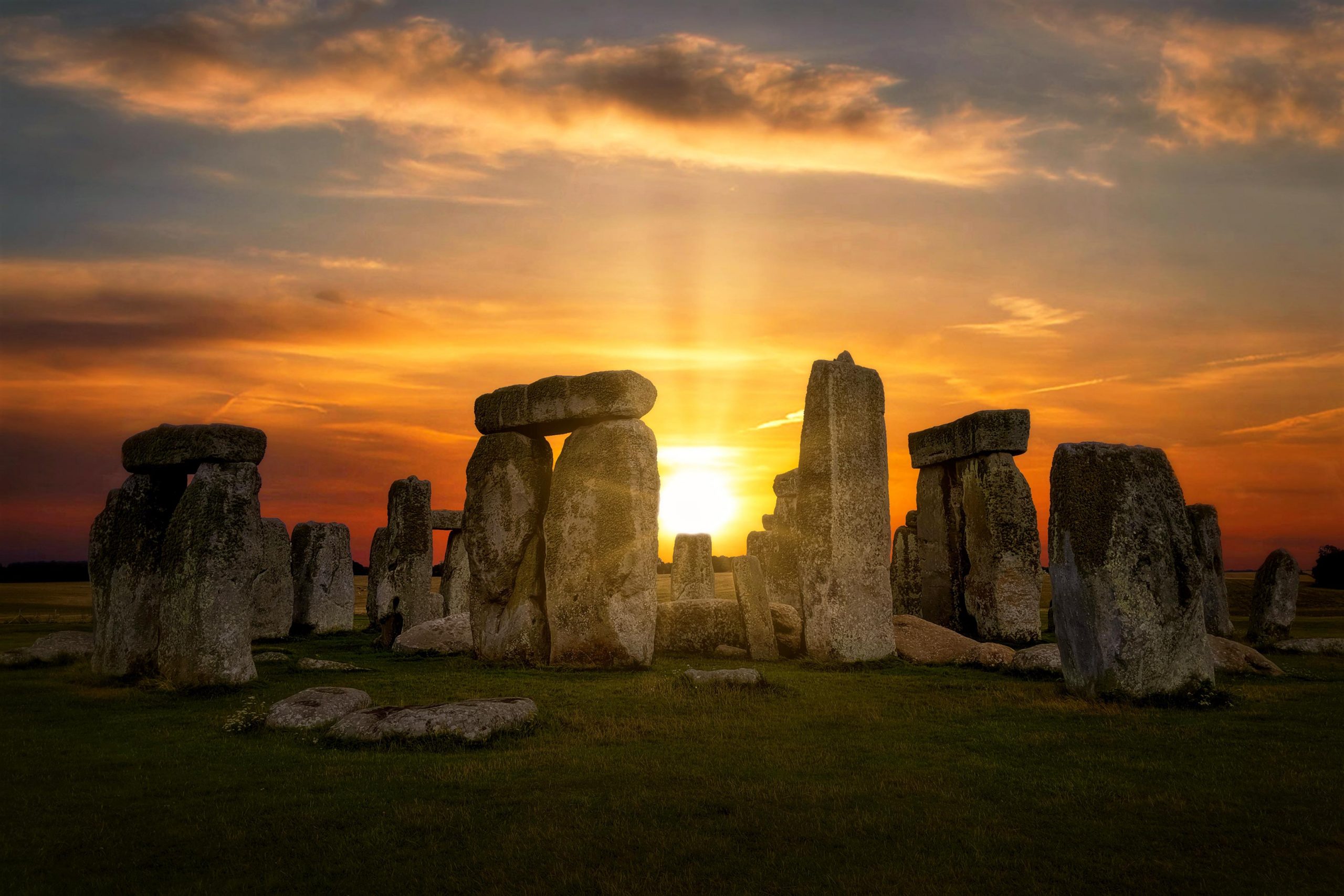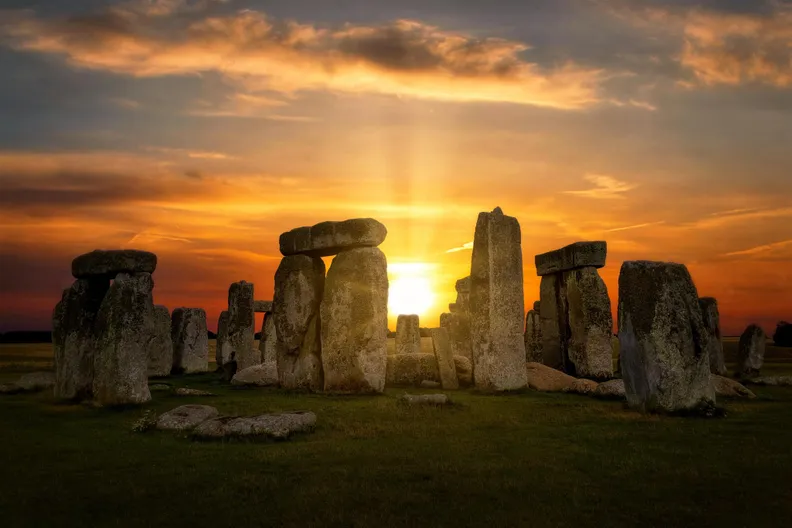

According to a new study, hunter-gatherers made use of open woodland conditions in the millennia before Stonehenge monuments were built.
Research study investigates habitat conditions encountered by first farmers and monument-builders.
Hunter-gatherers made use of open woodland conditions in the millennia before Stonehenge monuments were built, according to a study by Samuel Hudson of the University of Southampton, U.K., and colleagues that was published on April 27, 2022, in the open-access journal PLOS ONE.
Much research has explored the Bronze Age and Neolithic history of the region surrounding Stonehenge, but less is known about earlier times in this area. This leaves open questions about how ancient people and wildlife used this area prior to the construction of the famous archaeological monuments. In this new paper, Hudson and colleagues reconstruct environmental conditions at the site of Blick Mead, a pre-Neolithic hunter-gatherer site on the edge of the Stonehenge World Heritage Site.
The authors combine pollen, spores, sedimentary DNA, and animal remains to characterize the pre-Neolithic habitat of the site, inferring partially open woodland conditions, which would have been beneficial to large grazing herbivores like aurochs, as well as hunter-gatherer communities. This study supports previous evidence that the Stonehenge region was not covered in closed canopy forest at this time, as has previously been proposed.

A) Timeline of the Stonehenge landscape, including radiocarbon dates from Blick Mead and other significant Stonehenge World Heritage Archaeological Sites. B) A representation of the development of vegetation history at Blick Mead based on the palaeoenvironmental data. Credit: Hudson et al., 2022, PLOS ONE, CC-BY 4.0 (https://creativecommons.org/licenses/by/4.0/)
This study also provides date estimates for human activity at Blick Mead. Results indicate that hunter-gatherers used this site for 4,000 years up until the time of the earliest known farmers and monument-builders in the region, who would also have benefited from the space provided in open environments. These results indicate that the first farmers and monument-builders in the Stonehenge area encountered open habitats already maintained and used by large grazers and earlier human populations.
Further study on similar sites will provide important insights into the interactions between hunter-gatherers and early farming communities in the U.K. and elsewhere. Furthermore, this study provides techniques for combining sedimentary DNA, other ecological data, and stratigraphic data to interpret the ancient environment at a site where such information is difficult to assess.
The authors add: “The Stonehenge World Heritage Site is globally recognized for its rich Neolithic and Bronze Age monumental landscape, but little is known of its significance to Mesolithic populations. Environmental research at Blick Mead suggests that hunter-gatherers had already chosen part of this landscape, an alluvial clearing, as a persistent place for hunting and occupation.”
Reference: “Life before Stonehenge: The hunter-gatherer occupation and environment of Blick Mead revealed by sedaDNA, pollen and spores” by Samuel M. Hudson, Ben Pears, David Jacques, Thierry Fonville, Paul Hughes, Inger Alsos, Lisa Snape, Andreas Lang and Antony Brown, 27 April 2022, PLOS ONE.
DOI: 10.1371/journal.pone.0266789
Funding: The authors received no specific funding for this work. However, the corresponding author did receive funding from the University of Southampton for general fieldwork costs.